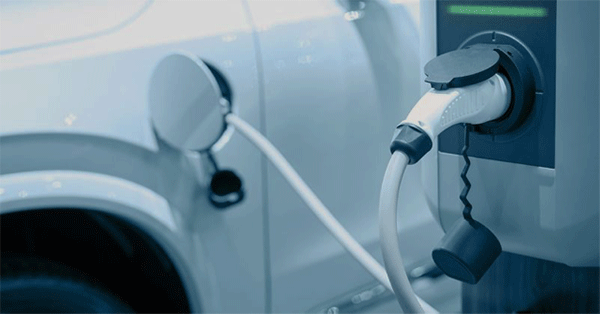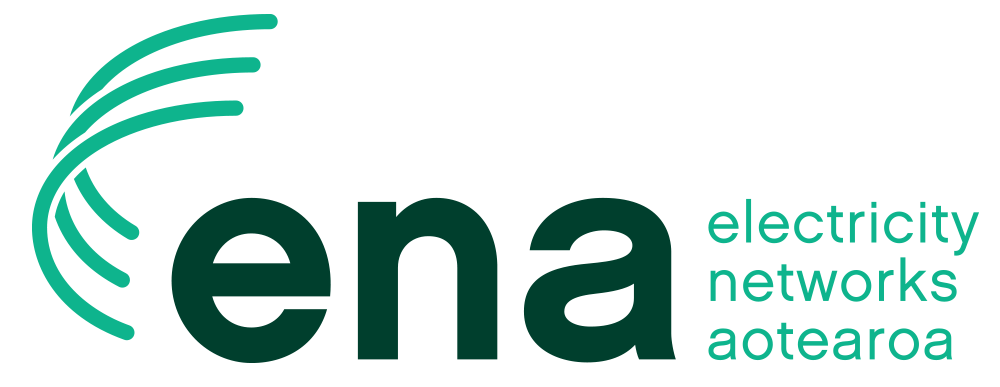Managing the impact of EV charging on grid demand

ENA is proposing changes to regulatory settings that would make it a requirement that local lines companies are notified of any new electric vehicle charger installations in homes.
“We are often asked about how electric vehicle charging affects grid demand like when Transpower recently issued supply warnings. While it’s not an immediate issue, we are already preparing for when it will be,” ENA chief executive Graeme Peters said.
As it stands, charging all 42,000 EVs in New Zealand simultaneously (something that would never actually happen in practice) would add only about 100 megawatts to load. By comparison, the winter peak load is about 7,000 megawatts.
Later this year the Electricity Authority will be reviewing the regulatory settings for lines companies and ENA plans to use the review to put forward its notification requirement for EV chargers, as well as proposing all chargers used in New Zealand use smart technology.
The point of such measures is they would equip local lines companies to manage demand load on their networks, as they will know where private EV chargers are located and can communicate with them to shift load from peak times to prevent congestion on their networks (and potential interruptions).
These regulatory changes would also deliver safety benefits, as notification would ensure lines companies workers could be kept safe from back feeds from vehicle-to-grid technology.
“The combination of more EVs and bigger chargers will eventually require ways to manage the load of private chargers, especially during the morning and evening peaks. With the right regulatory settings, we can be ready for it,” said Peters.


